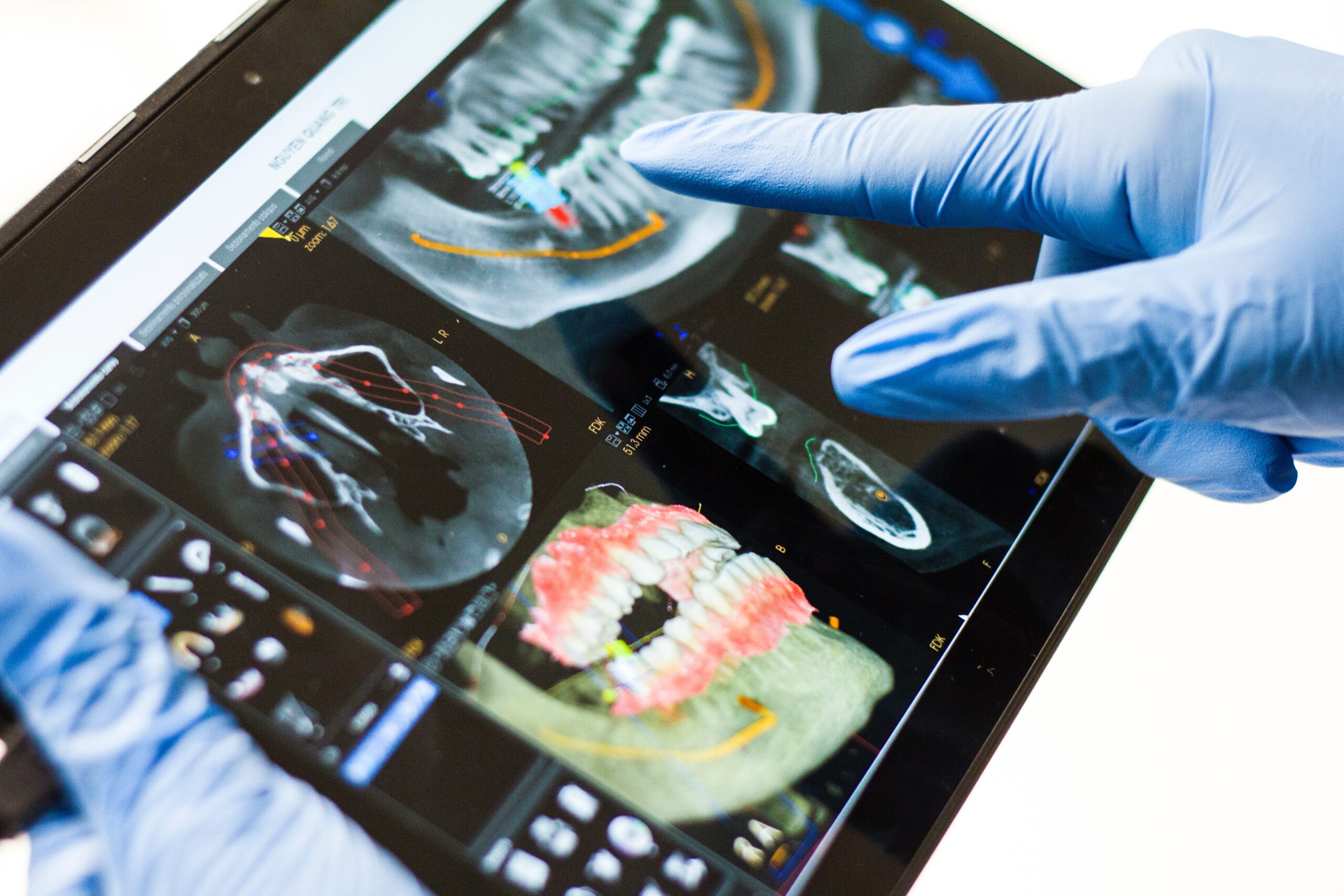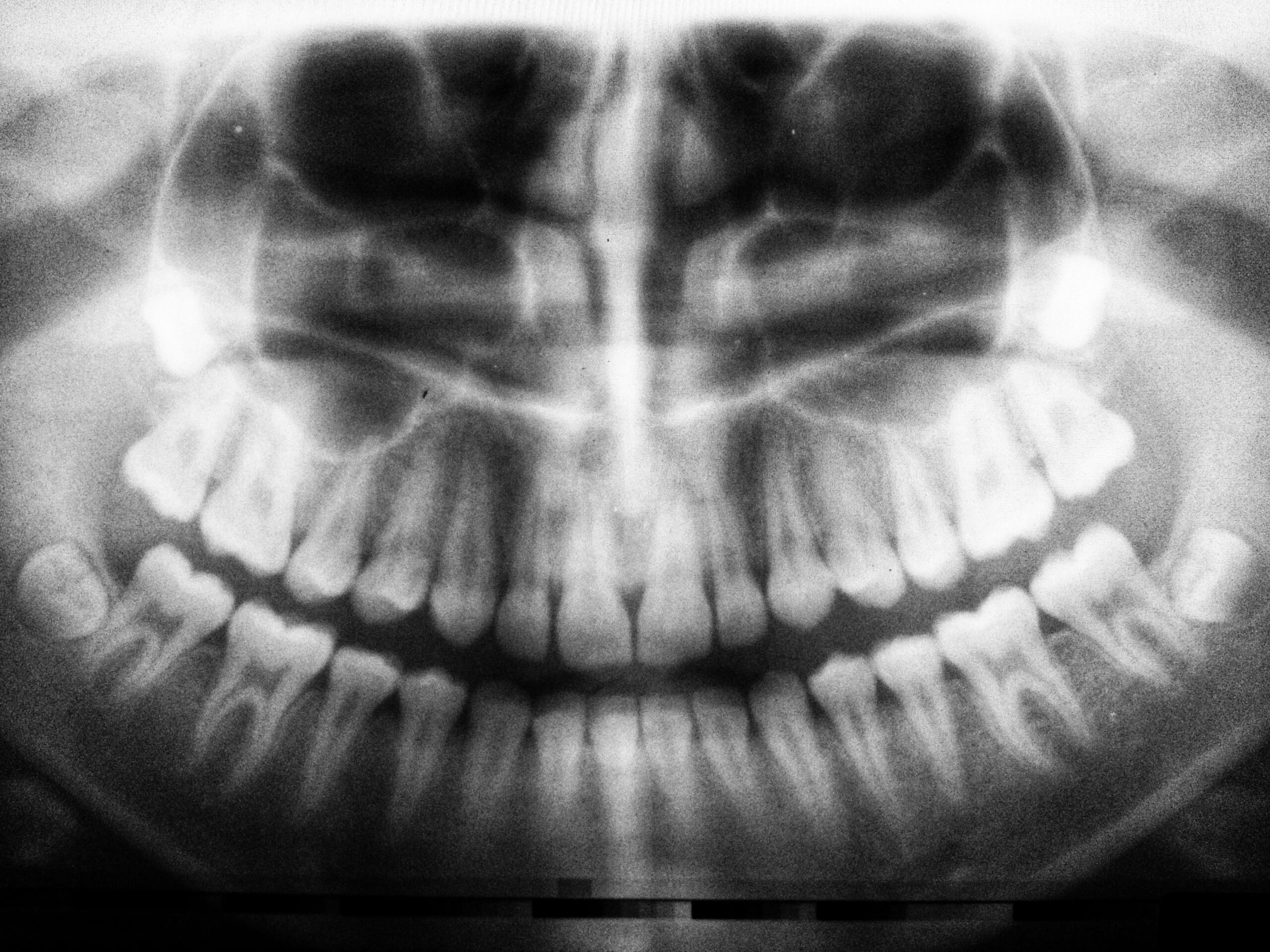Tooth Extraction procedures:
In general, Tooth Extractions can be divided into two types:
1.Surgical
2.Non-surgical
The names of them are as follows:
Extractions that are quick and easy:
Simple extractions are used to remove the teeth visible above the gum line and are no longer needed. General dentists typically use local anesthetic and sometimes sedation to conduct uncomplicated extractions. The dentist does not need to cut the gums and suture them back together for simple Tooth Extractions .
Extractions using surgical means. Surgical extractions remove teeth that have broken. General dentists and oral and maxillofacial surgeons do surgical extractions under general anesthesia or local anesthesia with sedation.

Artificial teeth can be created by the use of the techniques and restorations follows. Dentists use dental bridges to replace lost teeth after they have been extracted. A dental bridge is a long-term repair. You need the help of your dentist to get it out of your mouth.
A false tooth (crown) is permanently attached to the abutment connector of the implant. Implants for the mouth are long-lasting or fixed. Using dental implants to attach removable dentures that may be removed and changed as needed can be an efficient solution. Dentures are artificial teeth that can be taken out and cleaned as needed when they become ill.
Who is the person responsible for extracting a tooth?
The following businesses specialize in Tooth Extractions :
Endodontists are dental specialists that focus on illnesses of the pulp and roots of your teeth. The primary responsibilities of general dentists include the diagnosis and treatment of diseases and disorders of the teeth, gums, and surrounding tissues, including those of the jaw and face tissues. There are oral and maxillofacial surgeons that specialize in dental and facial surgery.
How does a tooth become removed?
Tooth extractions will be performed at a dental office or clinic. Your tooth will be loosened and then removed by a dentist or surgeon. Your healthcare practitioner will take care of the void created by the removal of a tooth. To keep the extraction site from bleeding, patients frequently bite on gauze. Depending on the recommendation of your healthcare practitioner, you may also be given sutures to close the wound.
One or more of the following may be employed by your dentist or surgeon:
General anesthesia is frequently administered by the use of intravenous (IV) medications and gases. You won’t feel a thing since you won’t know what’s going on. Anesthetic medicines are injected directly into the gums surrounding your tooth during a local anesthetic procedure to relieve pain. For a short while, the pain is dulled by this.
The following steps are often included in a Tooth Extractions :
You’ll be seated in a chair with a clear shield over your eyes. Anesthesia or sedation will be administered to you during the Tooth Extractions surgery to keep you calm and relaxed. If your tooth isn’t visible above the gum, your dentist will make a small cut in your gums to expose it.

Why does a dentist remove a tooth?
Your doctor may propose that you have a tooth pulled for various reasons. Baby teeth that are not sprouting spontaneously “Impaction teeth” are adult teeth that have not yet emerged from the gums and are referred to as such. Those teeth that have not yet emerged from the gums are referred to as impacted teeth.
Infected teeth, such as wisdom teeth that have erupted through the gums, can cause extensive harm to neighbor teeth. Orthodontic treatment that necessitates Tooth Extractions due to overcrowding or crookedness.

